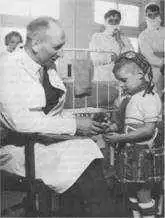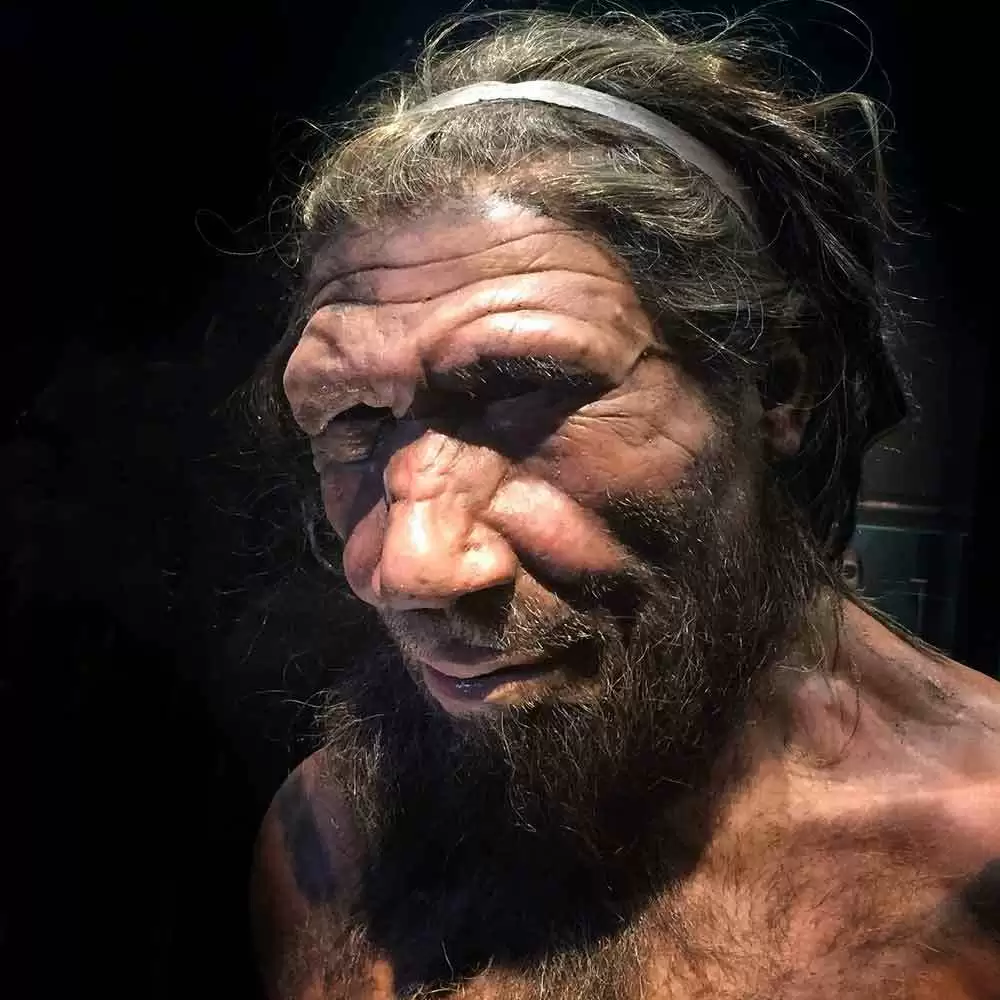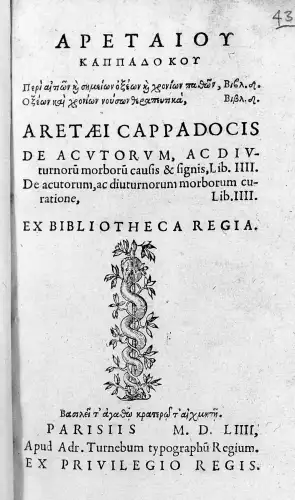Celiac.com 07/16/2025 - Long before the word “gluten” became mainstream and entire grocery store aisles were devoted to gluten-free products, celiac disease was a medical mystery. For centuries, it went misunderstood and misdiagnosed, leaving patients to suffer with debilitating symptoms ranging from chronic diarrhea and weight loss to stunted growth and even death. Without a known cause, early treatments for what we now understand as celiac disease were often strange, misguided, or outright harmful.
Today, people with celiac disease or gluten sensitivity benefit from decades of medical research that culminated in the gluten-free diet—an effective, life-saving intervention. But getting to this point involved a long and bizarre journey through medical history. Let’s explore the unusual treatments that were once believed to cure or alleviate celiac disease, and what this evolution reveals about the importance of accurate diagnosis and dietary awareness.
Ancient Observations: Recognizing the Disease Before Gluten Had a Name
Celiac.com Sponsor (A12):
One of the earliest recorded descriptions of a celiac-like illness dates back to the second century, when the Greek physician Aretaeus of Cappadocia described a condition he called “koiliakos,” meaning “suffering in the bowels.” He observed patients with chronic digestive issues, malnutrition, and fatigue, and recommended a diet based on easily digestible foods—but had no idea what triggered the illness.
This vague guidance left patients at the mercy of trial and error. The word “celiac” itself is derived from the Greek koilia (abdomen), but no one at the time suspected that bread, the staple of the Mediterranean diet, was the hidden culprit.
19th Century Missteps: From Starvation to Strange Substitutes
By the 1800s, Western physicians had begun to define celiac disease as a specific type of malabsorption disorder, but treatments were still rooted in guesswork.
The "Banana Diet" and the Battle Against Carbohydrates
In the early 20th century, one popular (and bizarre) treatment was the "banana diet," introduced by American pediatrician Sidney Haas in the 1920s. Believing that carbohydrates were to blame for the symptoms, he prescribed a diet consisting almost entirely of bananas, milk, and meat. While it helped some children by coincidentally eliminating gluten-containing grains, the actual reason for improvement wasn’t understood at the time.
Other carb-restrictive regimens followed, including the potato-free, bread-free, and even sugar-free diets—none of which accurately targeted the root cause of celiac disease.
The Starvation Treatment
In some cases, doctors even prescribed a form of fasting or near-starvation, reasoning that reducing the workload on the digestive system might help it "reset." Tragically, these treatments could be more damaging than the disease itself, particularly for already-malnourished children. The irony? Bread was still commonly allowed during "light eating" phases, worsening symptoms without anyone realizing why.
The Breakthrough Years: World War II and the Accidental Discovery
The true turning point in celiac disease research came during World War II in the Netherlands. Due to wartime food shortages, bread became scarce and was replaced by alternative foods like potatoes. Dutch pediatrician Dr. Willem-Karel Dicke noticed that children suffering from celiac disease dramatically improved during the bread shortages—and relapsed when wheat was reintroduced after the war.
This serendipitous observation led to a groundbreaking revelation: it wasn’t carbohydrates in general, but a specific protein in wheat—gluten—that was the trigger. Dr. Dicke’s postwar studies cemented gluten as the key dietary cause of celiac disease, and finally gave doctors a clear path toward effective treatment.
Gluten-Free Before Gluten-Free Was Cool: The 1950s to 1980s
After gluten was identified as the cause of celiac symptoms, researchers worked to define which grains were harmful (wheat, barley, rye) and which were safe (rice, corn, later quinoa and buckwheat). The challenge, however, was that gluten was—and still is—ubiquitous in Western diets.
During the mid-20th century, “gluten-free” products were rare. Patients were often told to bake their own bread using rice flour or potato starch. There was no labeling system, and restaurants had no concept of gluten cross-contact. People with celiac disease had to become their own researchers, cooks, and advocates to manage their condition.
Still, it was a vast improvement over earlier eras. For the first time, patients could improve through a logical, evidence-based diet rather than surviving on bananas, broth, or starvation.
The Rise of the Gluten-Free Movement: 1990s to Present Day
The 1990s and early 2000s saw a surge in gluten-free awareness, due in part to better diagnostic tools (such as blood tests and intestinal biopsies) and increasing rates of diagnosis. The food industry responded by creating gluten-free products, although not always with the needs of people with celiac disease in mind.
As the gluten-free diet became trendy among celebrities and wellness influencers, it brought more options to grocery stores—but also created confusion. People with celiac disease had to distinguish between those avoiding gluten for general health reasons and those doing so out of medical necessity.
Today, while gluten-free eating is more accessible than ever, those with celiac disease must still be vigilant. Cross-contact remains a threat, and not all gluten-free labeled foods are safe unless they are certified. Still, compared to the “banana diet” and bread-based fasting of the past, the modern celiac patient has access to a wealth of tools and knowledge.
Lessons for People with Celiac Disease and Gluten Sensitivity
Looking back at the history of celiac disease treatments underscores a few key messages for those navigating gluten-free living today:
- Understanding Matters: Knowing what triggers symptoms—and why—empowers patients to make safer choices. Historical treatments failed largely due to lack of understanding.
- Beware of Trends: Not every “miracle” diet is safe or effective. From bananas to fasting, history shows the danger of unproven methods. Stick with science-backed treatments.
- Advocacy is Key: The progress made in celiac care has often been led by patients, caregivers, and researchers pushing for answers. Today’s patient community continues that tradition.
- We’ve Come a Long Way: Though managing celiac disease still requires effort, we’re fortunate to live in an era of diagnosis, understanding, and gluten-free accessibility. That wasn’t always the case.
Conclusion: From Misery to Empowerment
The journey from ancient descriptions of chronic digestive suffering to today’s medically validated gluten-free diet is a testament to the power of observation, perseverance, and science. While some past treatments for celiac disease were bizarre, dangerous, or completely misguided, each chapter of this history led closer to the truth.
For people with celiac disease or gluten sensitivity, the weird history of treatments is more than just a curiosity—it’s a reminder of how far medicine has come and why accurate diagnosis, informed eating, and continued research are so important. With greater awareness and continued innovation, the future of living gluten-free looks far brighter than its strange and painful past.
Watch the video version of this article:













Recommended Comments
Create an account or sign in to comment
You need to be a member in order to leave a comment
Create an account
Sign up for a new account in our community. It's easy!
Register a new accountSign in
Already have an account? Sign in here.
Sign In Now